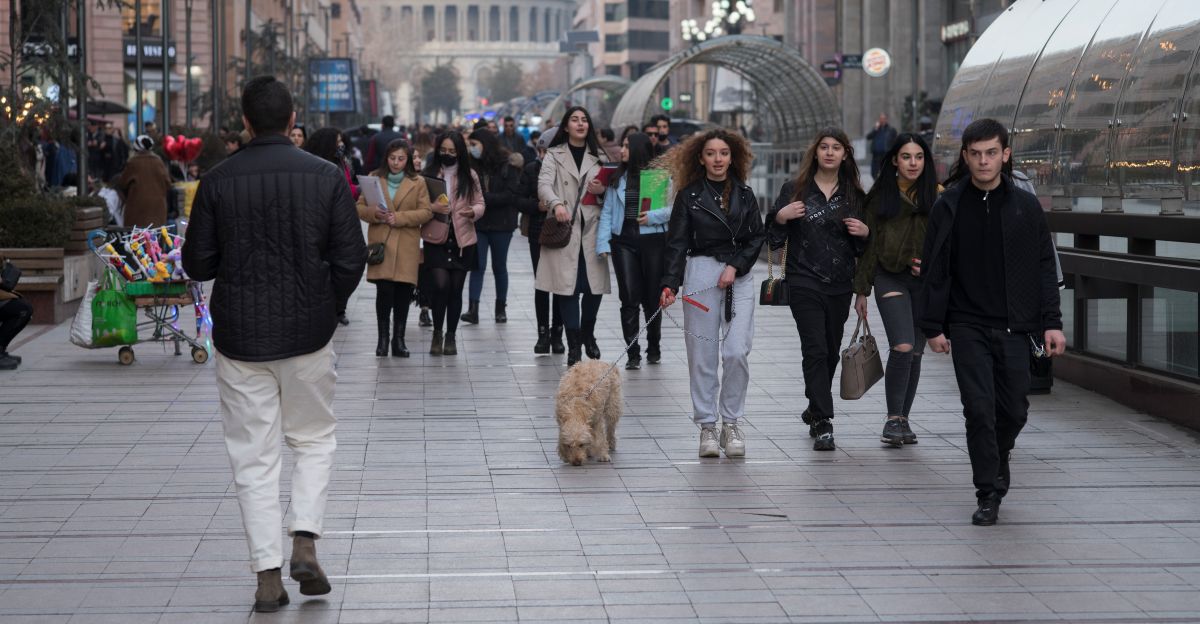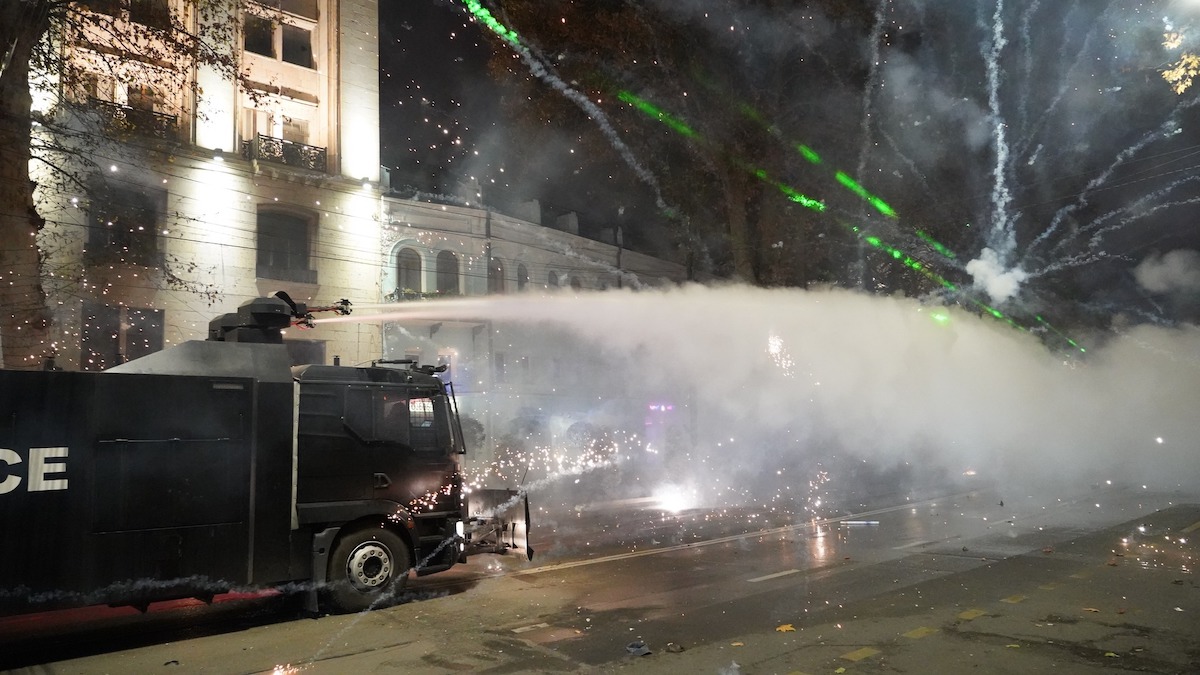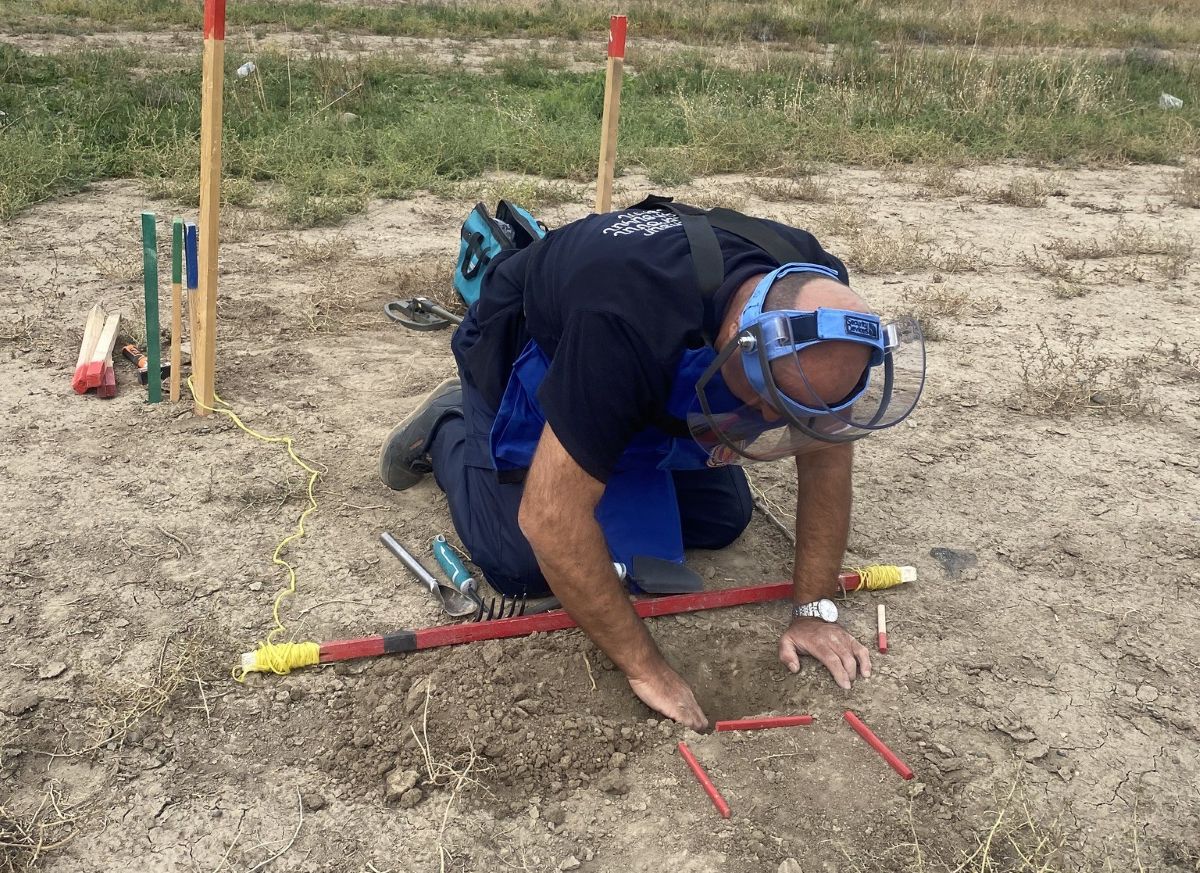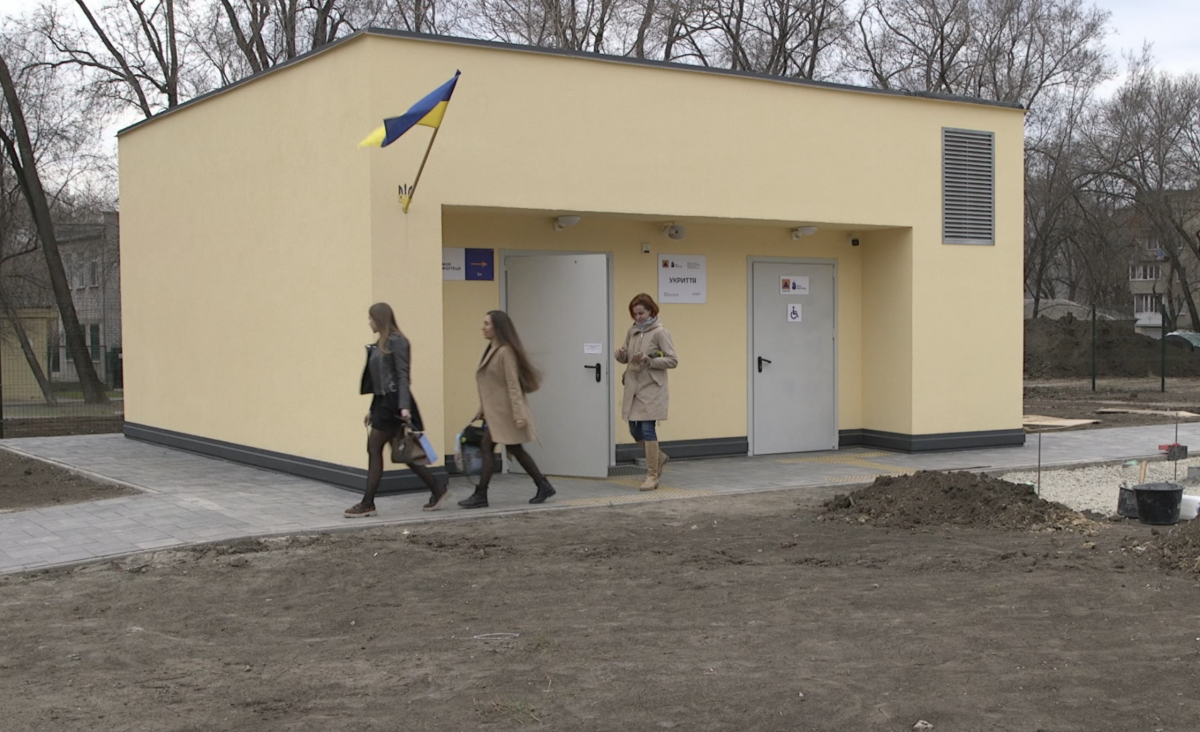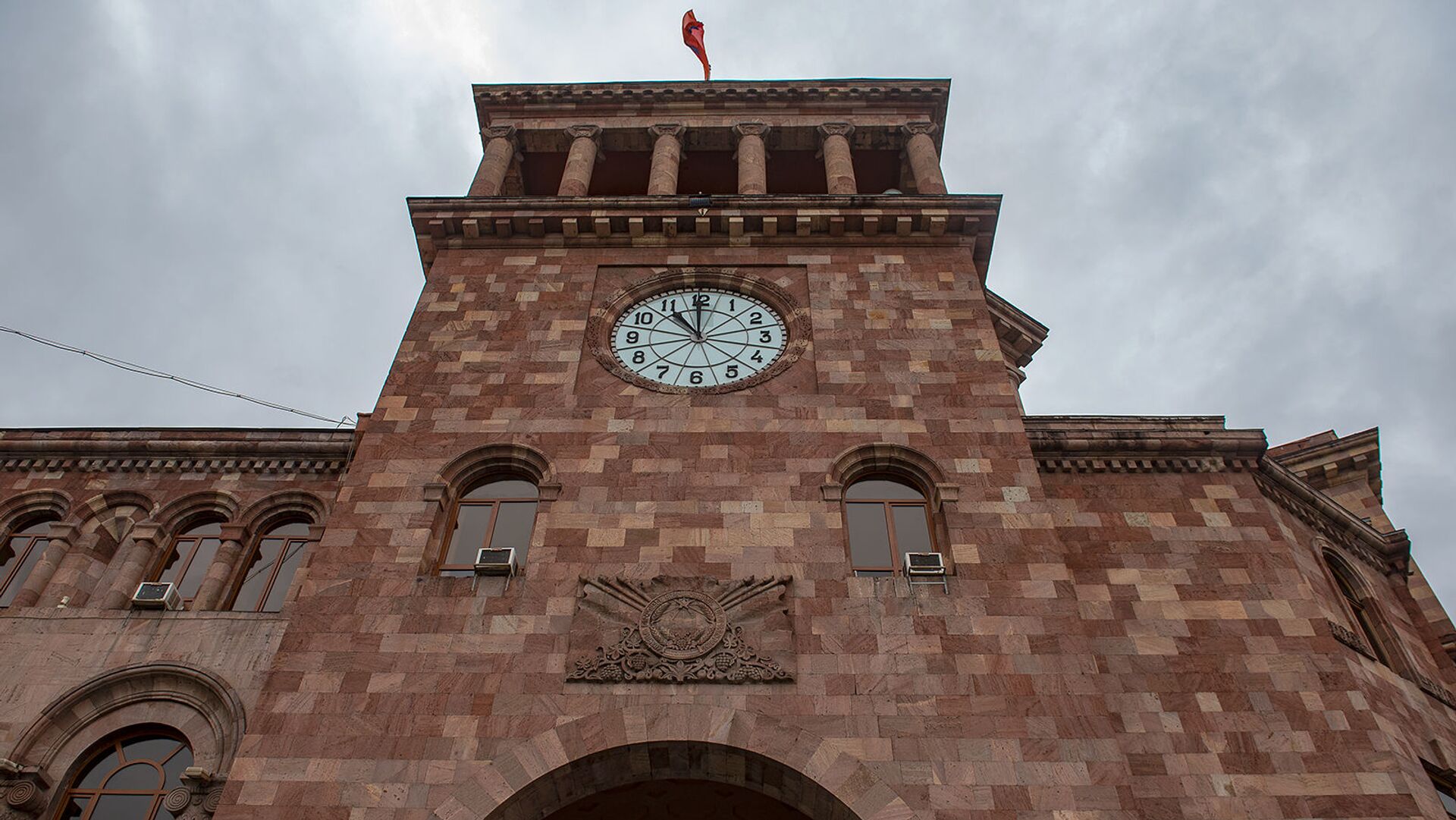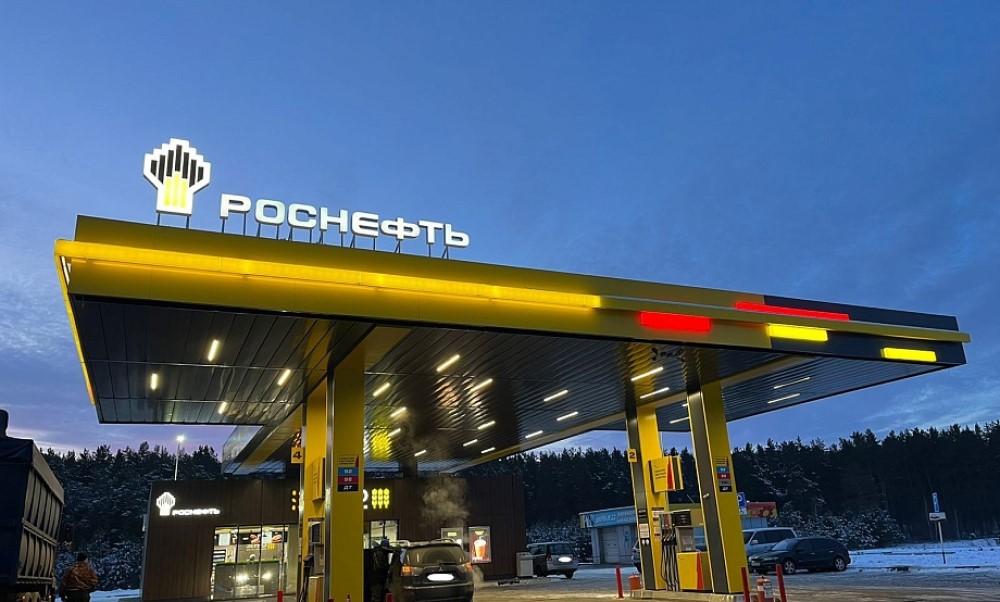60 deaths in three months: alarming road accident statistics discussed in Armenian parliament
Road accident statistics in Armenia
In the first three months of 2025, Armenia recorded 988 road accidents, resulting in 60 deaths and 1,391 injuries.
“To put it in very rough terms, over the past 10 years — in peacetime — a country of around 3 million people has seen over 3,600 deaths and about 70,000 injuries. Out of those injured, between 2,000 and 3,000 are left permanently disabled,” said Civil Contract MP Armen Khachatryan.
The National Assembly held hearings on the topic “Road Safety in Armenia”. Lawmakers hope the discussions will help identify the key problems and lead to systemic solutions.
“As a result of these hearings, we may well start thinking about creating a national strategy for this area,” said Andranik Kocharyan, chair of the parliamentary committee on defence and security.
- Eco-patrols in Armenia: a new 24/7 nature protection service
- Armenia doubles betting duty in fight against gambling addiction
- Armenia leads in regional democracy rankings despite decline
333 people died in road accidents last year
MP Armen Khachatryan reported that in 2024, Armenia recorded 4,314 road accidents, resulting in 333 deaths and 6,116 injuries. However, these figures do not include incidents involving only vehicle damage with no human casualties.
“In 2024 alone, law enforcement registered around 72,000 such minor accidents. That same year, insurance companies paid out over 20 billion drams [nearly $52 million],” Khachatryan noted.
In 2023, road accidents in Armenia claimed 379 lives.
Measures are being taken, but results remain unsatisfactory
During the parliamentary hearings, Chair of the Defence and Security Committee Andranik Kocharyan stated:
“On average, one person dies and 16 are injured in road accidents every day over the course of a year.”
According to the MP, steps are being taken to improve infrastructure and traffic management. However, the results remain unsatisfactory. Kocharyan acknowledged that negative trends have yet to be brought under control.
He attributed the accidents to shortcomings in both management and infrastructure, as well as a lack of awareness and responsibility among road users.
Kocharyan stressed the importance of instilling a road safety culture and sense of responsibility from school age.
“Without public transport, road safety is impossible”
MP Armen Khachatryan noted that while Armenia’s population has grown only slightly, the number of private cars has doubled in recent years:
“Why is the number of vehicles increasing in Armenia? Because there is no proper, predictable, and convenient public transport.”
He stressed that without solving this issue, achieving the desired level of road safety is impossible.
According to Khachatryan, public transport reforms must serve everyone — regardless of social status:
“MPs and ministers should also use public transport. Reforms have already begun, for now in Yerevan. The goal should be this: a person must be confident that if they board a bus at 9:00, they’ll reach their destination by 9:40.”
Unified strategy is needed
MPs believe that coordinated management is essential for ensuring road safety.
“At present, the Ministry of Territorial Administration and Infrastructure pursues its own policies, the Interior Ministry acts separately, and local governments do the same. As a result, there is no unified approach,” said MP Armen Khachatryan.
In his view, the state must have a centralised policy on such an important issue. To achieve this, a proper legal framework must be established.
“A national road safety strategy must be adopted to guide a unified, comprehensive state policy. If needed, the creation of a supra-agency body should be considered — one that would coordinate the work of all institutions and implement a single, coherent approach,” he concluded.











